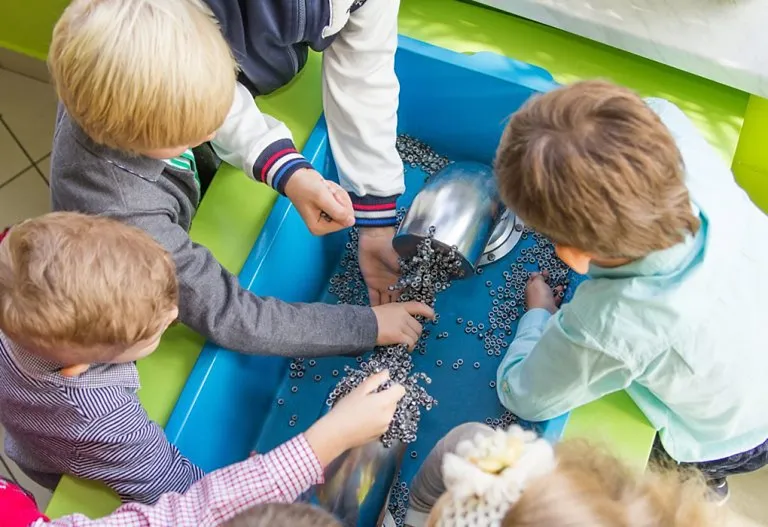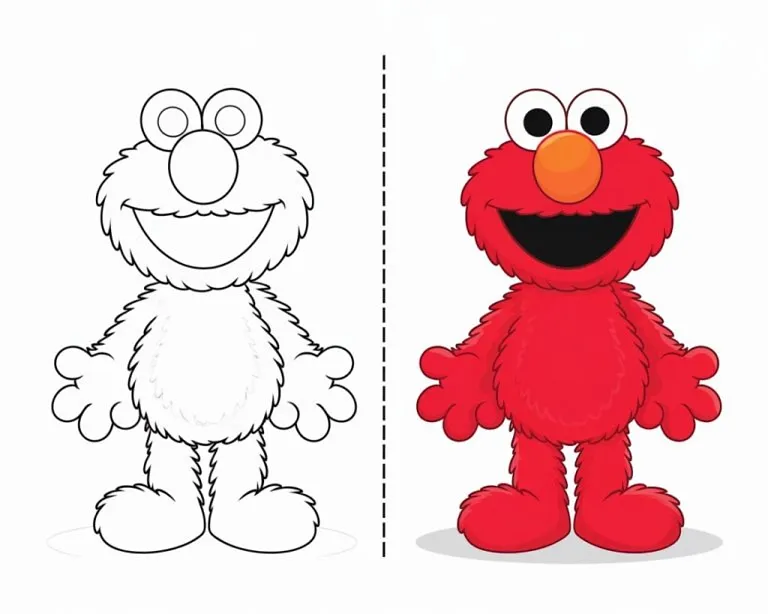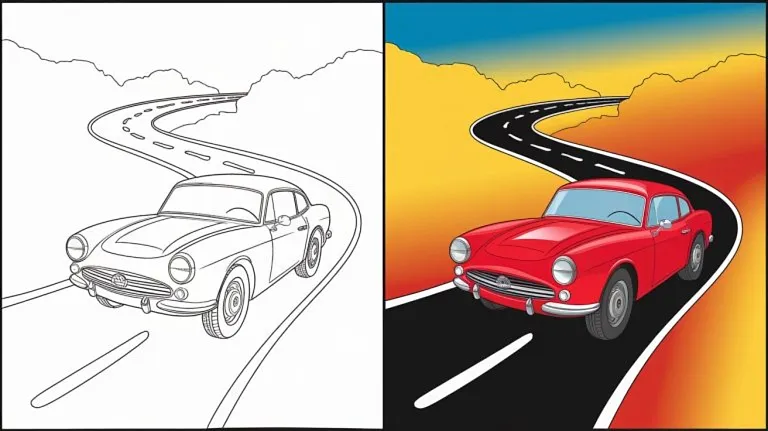7 Fun Magnet Experiments and Activities for Kids
Kids may have a thrilling time exploring and playing with magnets. Magnets can seem almost magical to young children, sparking their curiosity and encouraging hands-on learning. Through magnet experiments & activities for kids, they can learn about magnetism and magnetic fields with enjoyable activities and experiments. For example, when introducing your child to magnets for the first time, you can ask them to gather random objects from around the house, such as a pencil, spoon, clips, eraser, and plastic toys. Hand them a magnet and let them discover which items are attracted to the magnet and which are not. This simple activity can teach them the basic principles of magnetic attraction. You can also assist them in sorting the objects into two sections: magnetic and non-magnetic. It’s an excellent opportunity for them to explore, experiment, and learn critical thinking skills. Always ensure safety while engaging in these fun learning activities.
Magnet Experiments and Activities for Children
Integrating science into real-life situations can be a good way to help kids enjoy and learn at the same time. You can make kid’s activities more productive by utilizing the opportunity to educate them about basic concepts of science. Here are some stimulating activities that may assist your child to explore the amazing science of magnets:
1. Exploring Magnetism with Chalk
This easy magnet science experiment can be very entertaining and hands-on learning for pre-schoolers.

Supplies
- A few pieces of chalk
- A Ziploc bag
- Salt
- Magnetic things lying around the house
- A horseshoe magnet
- A glass container
- A shallow bowl
Procedure
- Put the pieces of chalk in a bowl.
- Help your kid smash the pieces of chalk till they turn into powder.
- Mix the powdered chalk with an equal measure of salt.
- Transfer the mix into a bowl and fill it with magnetic items like paper clips, nails, and small magnets.
- Have your kid collect all the magnetic things from the bowl with the horseshoe. It may be fascinating for him to see how quickly the objects travel to the magnet.
- You can pour the mix into a glass container as well. Ask your kid to run the magnet on the container’s sides and let him observe how it makes the magnetic things move.
2. Magnetic Fields
This magnet science experiment for kindergarten can reveal to kids how magnetic fields can affect things even without any physical contact.
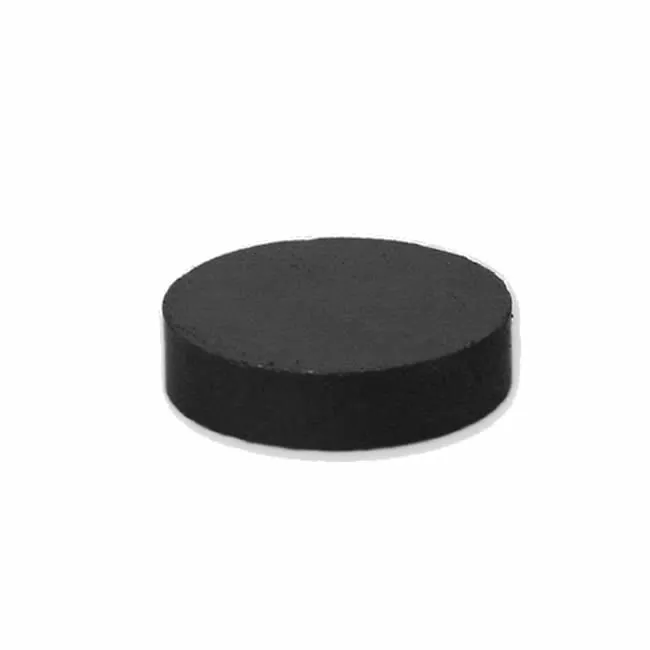
Image Credit: Pinterest
Supplies
- A disk magnet (1/2-inch diameter and ½ inch thick)
- 3 feet long aluminium tube
- 3 feet PVC tube
- Pencil
Procedure
- Hold the aluminium tube upright and have your kid drop the disk magnet through first, followed by the pencil.
- The pencil is likely to fall more quickly.
- Repeat the exercise with the PVC tube. The magnet and pencil will drop at an equal
- You can explain to your kid that the falling magnet alters the aluminium tube’s magnetic field, prompting a kind of electric current which thrusts back against the magnet, slowing its fall.
3. Magnetic Poles
You can teach your kids about magnetic poles with this simple scientific experiment.
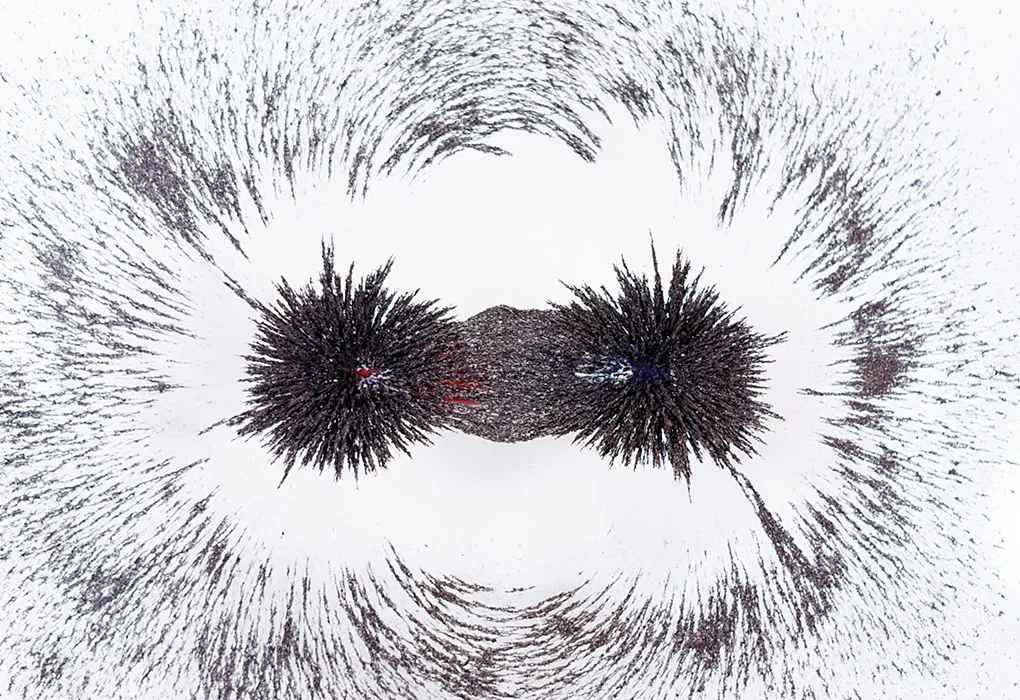
Supplies
- Iron filings
- Plastic soda bottles (16 oz. in size and empty)
- Plastic test tubes (they should fit inside the bottle)
- Button magnets (set together)
- Masking tape
Procedure
- Ask your kid to fill 1/4th of the soda bottles with iron filings.
- Help him wrap tape round test tube’s open end to ensure that it will fit securely in the mouth of the bottle.
- Slide the test tube inside the soda bottle and put the magnets into the tube. Then cap the bottle.
- Have your kid place the bottle horizontally and then roll it.
- Help him see how the filings make a pattern about the magnet due to the lines of force formed by the magnetic fields.
4. Magnet Maze
This enjoyable activity is bound to keep your child entertained for hours. However, it may be best to oversee your child, particularly when handling smaller magnets, as they can be a possible choking hazard.
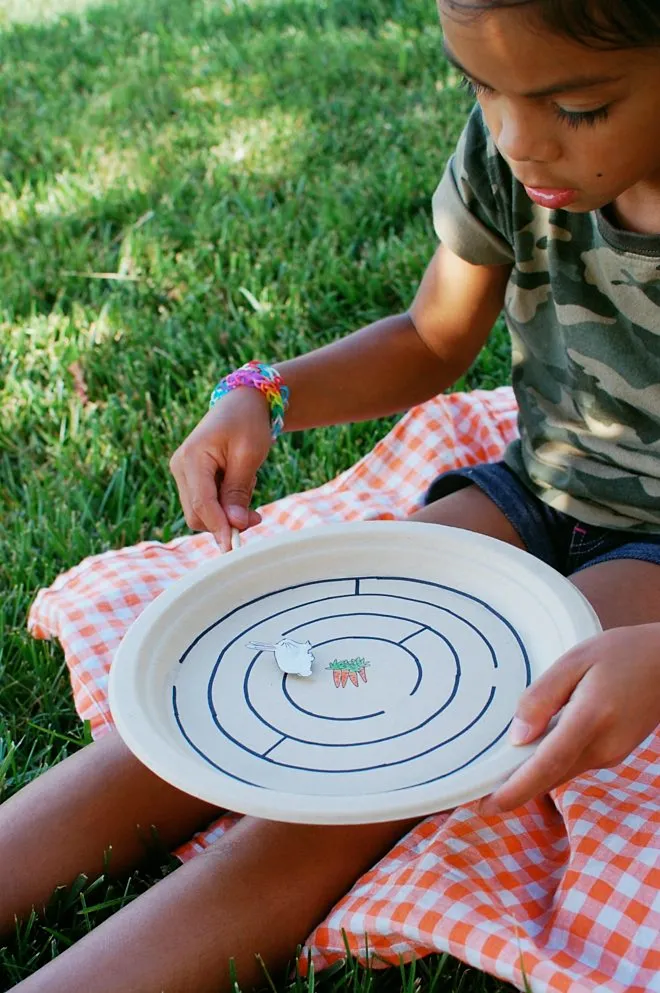
Image Credit: Pinterest
Supplies
- A white sheet
- A Pen
- Magnet (button)
Procedure
- Draw a maze on a white sheet. You can check online to create one.
- Have your kid move around the magnet to solve the maze.
- You can also create roads and help your kid to make paper cars.
- Your kid can race the different paper cars moving them along the road.
5. Magnet Painting
Magnet activities for preschoolers can include this delightful, colourful activity, which may allow them to indulge in their love for colours.
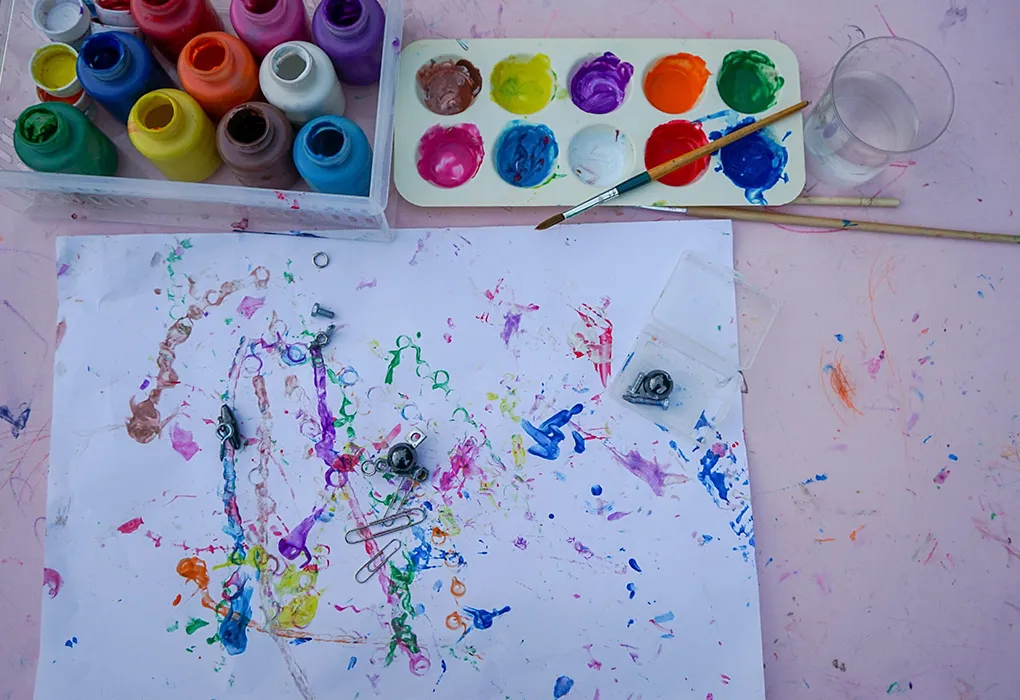
Supplies
- A shoe box
- A piece of white paper
- Painting colours
- A paper clip
- Magnet
Procedure
- Assist your kid to stick a piece of white paper at the bottom-most part of a shoe box.
- Pour some drops of different paint colours of your kid’s choice on the
- Bend the paper clip slightly and place it on the paper.
- Have your kid move the magnet from one place to the other beneath the box and see the colours blend beautifully together.
6. Magnetic Compass
This exciting activity is sure to be a huge hit with your kid.
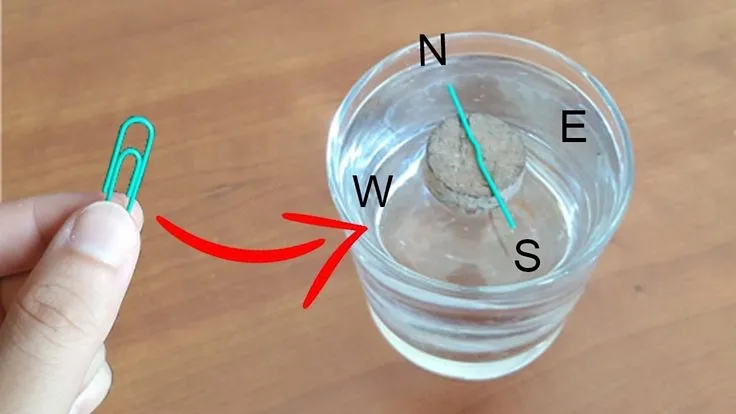
Image Credit: Pinterest
Supplies
- A shallow bowl
- A cork
- A paper clip
- Magnet
- Sticky notes for labelling
- Water
Procedure
- Fill the bowl with water and label it with the cardinal four directions, namely north, south, east, and west.
- Stuck a paper clip at one end of the cork.
- Have your kid forcefully rub a magnet against the paper clip, explaining that by doing so a magnet can be created, which may last for a couple of minutes.
- Place the magnetised paper clip with the cork in the bowl. Help your child notice that the paper clip will be facing north, and he has created a makeshift compass.
7. Magnetic Fishing Game
This fun activity allows children to explore magnetism while testing their hand-eye coordination.
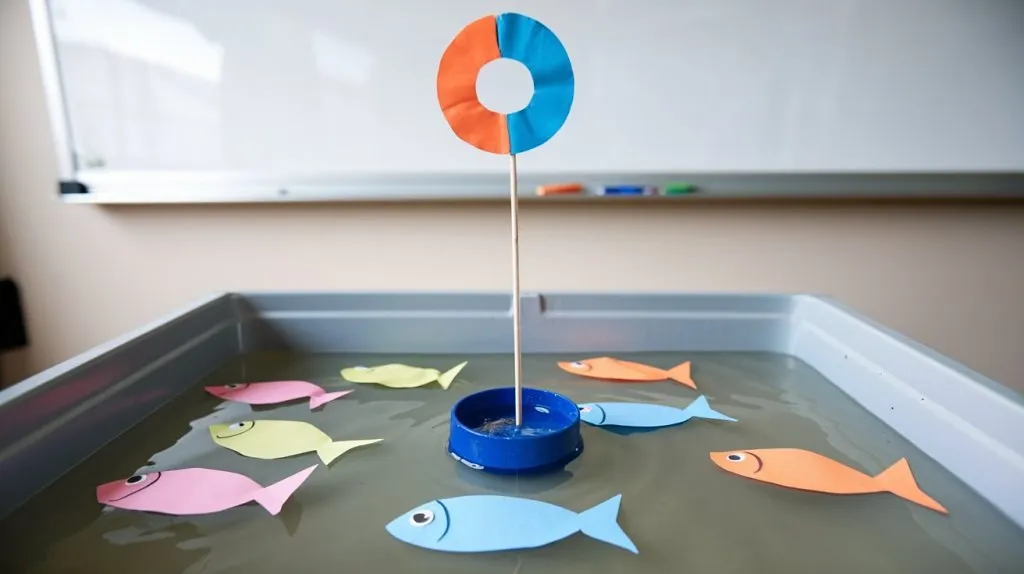
Supplies
- A magnet
- A stick or string
- Paper clips
- A shallow container filled with water
- Construction paper (for making fish)
Procedure
- Cut fish shapes from construction paper and attach a paper clip to each one.
- Fill a shallow container with water and place the fish inside.
- Tie the magnet to a stick or string to create a fishing rod.
- Let your child use the magnet to “catch” the fish by pulling them out of the water with the paper clips.
FAQs
1. Can magnet experiments help develop STEM skills in kids?
Yes, magnet experiments can significantly contribute to developing STEM (Science, Technology, Engineering, and Mathematics) skills in kids. By engaging in hands-on activities that explore magnetism, children are introduced to scientific principles, observation techniques, problem-solving, and logical reasoning, all of which are fundamental components of STEM education.
2. At what age can children start engaging in magnet activities?
Children as young as preschool age can begin engaging in simple magnet activities under close supervision. Basic activities, such as sorting magnetic and non-magnetic objects, can introduce them to the concept of magnetism. As they grow older, more complex experiments can be introduced to deepen their understanding.
Parents can make learning fun with different interesting and thought-provoking magnetic activities and experiments. Provide your child with magnets or magnetic objects of various sizes and ask them to write their observations. Encourage them to create little experiments on their own, which may facilitate their learning and further exploration of the science of magnets.
References/Resources:
1. Magnet and Magnetism; Britannica Kids; https://kids.britannica.com/kids/article/Magnet-and-Magnetism/353411
2. Magnetic Materials: History; University of Birmingham; https://www.birmingham.ac.uk/Documents/college-eps/metallurgy/research/Magnetic-Materials-Background/Magnetic-Materials-Background-1-History.pdf
3. Magnetism; UCL; https://www.ucl.ac.uk/EarthSci/people/lidunka/GEOL2014/Geophysics9%20-Magnetism/Useful%20papers/Magnetism.htm
4. Magnetism; National Geographic; https://education.nationalgeographic.org/resource/magnetism/
5. Magnetism; Britannica; https://www.britannica.com/science/magnetism
Also Read:
Fun Brain Games for Kids
Science Project for Children
Creative Activities for Kids
Walking Rainbow Water Experiment for Kids
Was This Article Helpful?
Parenting is a huge responsibility, for you as a caregiver, but also for us as a parenting content platform. We understand that and take our responsibility of creating credible content seriously. FirstCry Parenting articles are written and published only after extensive research using factually sound references to deliver quality content that is accurate, validated by experts, and completely reliable. To understand how we go about creating content that is credible, read our editorial policy here.






